What happened in Eastern Ladakh during the last week of August?
- In Foreign Policy
- 11:00 AM, Sep 22, 2020
- Mohal Joshi,Kishor Narayan
As per reports on the night of 28 August, China had made attempts to move in to capture territory on the Indian side of LAC near an area referred to as the Spanggur Gap (which is located just south of the southern bank of Pangong Tso) by the banks of a lake called as Spanggur Tso.
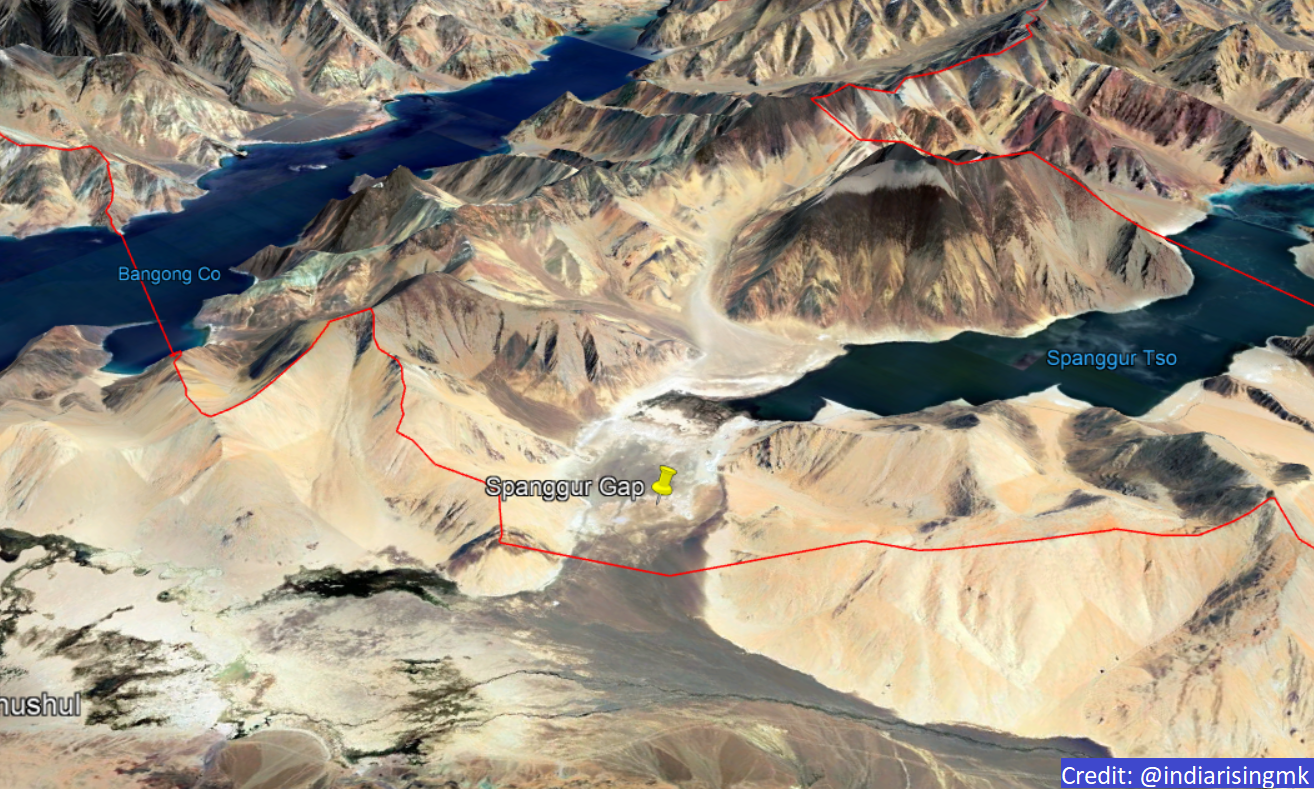
Indian Army, having been alerted to this attempt by their surveillance systems, quickly took preemptive action to occupy the key points on the ridgeline (of the Kailash Range) on both sides of the Spanggur Gap. During this operation which was called Operation Snow Leopard Indian army Special Forces including members of the secretive SFF Special Frontier Forces (mainly consisting of Tibetan refugees settled in India) climbed to the ridgeline in ~2+ hours to secure the positions before the Chinese could get there. During this operation a SFF soldier, Nyima Tenzin, was killed in an anti-personnel mine blast. This mine was supposed to have been part of the mines laid during the 1962 India China war. By the end of this operation the ridgelines around Spanggur Gap were under the control of a force equal to an infantry brigade. The positions around Rechin La as per some reports have been reinforced by Infantry Combat Vehicles which have been driven up to the pass itself.
The Indian Army issued a statement saying, “On the night of 29/30 August, PLA troops violated the consensus arrived at during military and diplomatic engagements and carried out provocative military movements to change the status quo”.
Even the MEA pitched in. The spokesperson for the MEA Anurag Srivastava said, "Yesterday (August 31), even as the ground commanders of the two sides were in discussions to de-escalate the situation, the Chinese troops again engaged in provocative action. Due to the timely defensive action, the Indian side was able to prevent these attempts to unilaterally alter the status quo. We have taken up the matter of recent provocative and aggressive actions with Chinese side through both diplomatic and military channels, and have urged them to discipline and control their frontline troops from undertaking such provocative actions."
Foreign Secretary Harsh V. Shringla said the ongoing tensions between India and China at the Line of Actual Control (LAC) in Ladakh is the “most serious challenge” and similar to what both sides faced in 1962.
“We have had an unprecedented situation on the India-China border. We’ve never had this situation since 1962, we never lost lives in the last 40 years, it is an unprecedented situation. We have also seen there has been a unilateral attempt that seems to be an effort to change facts on the ground. We’ll be firm and resolute in resisting this,” Shringla said while virtually addressing the Indian Council of World Affairs.
Shringla added, “As far as we are concerned, there’ll be no compromise on our sovereignty and territorial integrity. At the same time, as a responsible country, we are always willing to talk and ready to engage even in the depth of Covid crisis. We’ve kept our communication lines open. Our senior commanders have been talking on the ground. Diplomats have been talking to each other both in New Delhi and Beijing.”
What was the Chinese reaction on the ground to these events?
During the past few weeks Chinese have made multiple attempts to gain control along the ridgelines. They have tried to sneak in close to the Indian positions to possibly physically evict them from these dominating positions and/or try to physically intimidate them into vacating these posts. This has led to incidents of firing by both Indian and Chinese soldiers (in the air) and not at each other as per current reports. The Chinese are undertaking these provocative measures to unnerve the Indian soldiers manning these posts. The firing meant that this was the first time in 45 years (since the ambush of Assam Rifles soldiers near Tulung La in 1975) that actual shots were fired at the border.
Photos circulating in the Indian media also showed that Chinese troops tried to approach Indian positions holding what seemed to be a “long mace with a machete on top” type of a weapon.
They seemed to have been prepared for a redux of the fight that occurred in Galwan in mid-June where the PLA used batons with barbed wire and other medieval types of weapons.
Reacting to the incident, the Indian Army issued a statement “In the instant case on 07 September 2020, it was the PLA troops who were attempting to close-in with one of our forward positions along the LAC and when dissuaded by own troops, PLA troops fired a few rounds in the air in an attempt to intimidate own troops. However, despite the grave provocation, our troops exercised great restraint and behaved in a mature and responsible manner.”
Chinese Foreign Ministry spokesperson claimed that
- the Indian Army “broke the consensus” reached at talks
- “illegally crossed the line again near the south bank of Pangong Lake and Reqin Pass, making a blatant provocation and causing tension.”
- had “undermined the consensus reached” at the diplomatic and military talks.
He also added, "India's move has grossly violated China's territorial sovereignty, seriously violated relevant agreements, protocols and important consensus reached between the two countries, and severely damaged peace and tranquility along the China-India border areas. What India has done runs counter to the efforts made by both sides to de-escalate tensions."
Importance of Chushul
The topography in Eastern Ladakh mostly consists of very harsh mountainous terrain. There are very few areas with relatively flat terrain and/or mountain passes where troops and especially armored forces can cross over easily back and forth between Eastern Ladakh and Western Tibet. As seen in the picture, right from Gogra in the Hot Springs area all the way down to south of Dungti there are a couple of places where the terrain allows some movement. One of them is the northern shore of Pangong Tso (where the standoff from earlier this summer is still ongoing) and in the Spanggur Gap by the shores of the Spanggur Lake (south of the Pangong Tso).
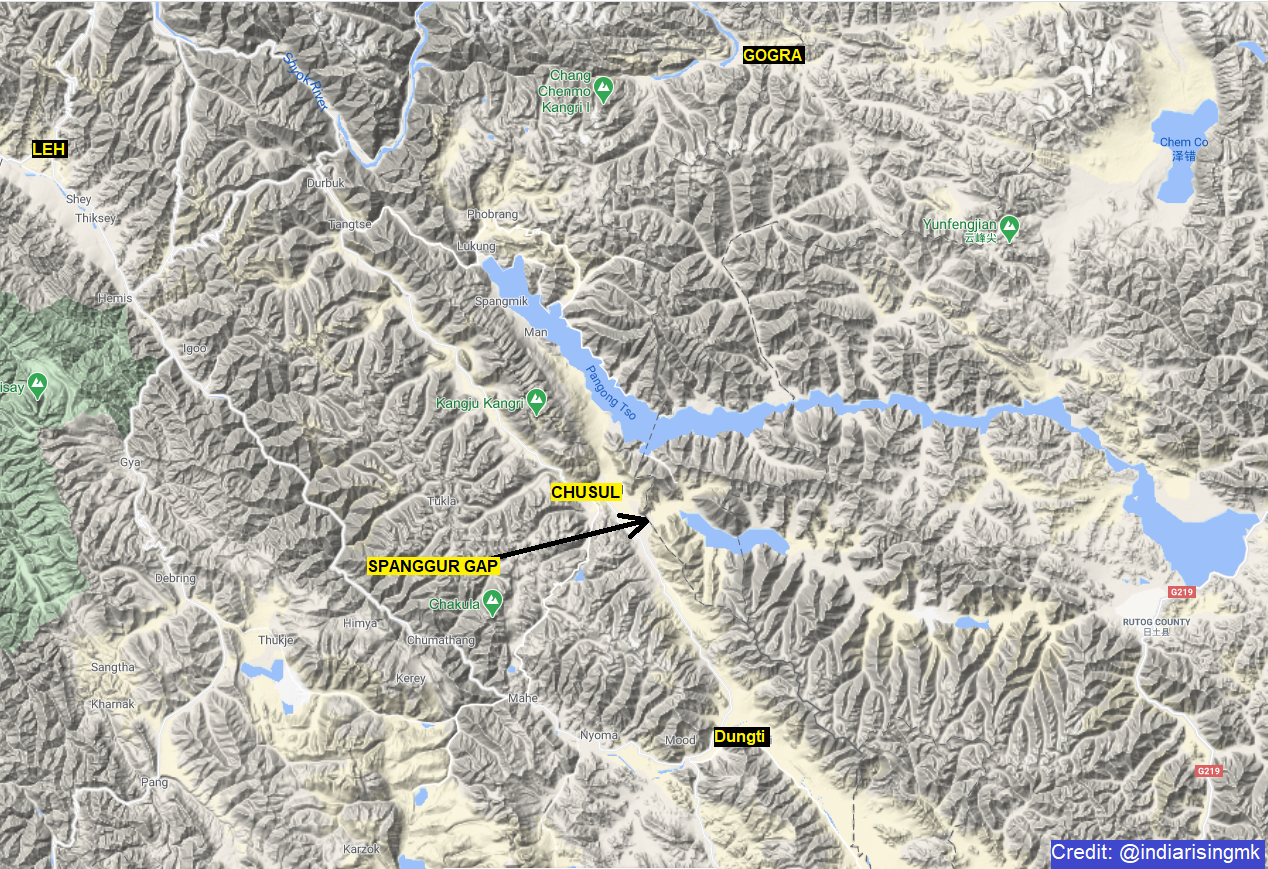
The Spanggur Gap is relatively flat terrain around ~2km wide from where PLA could make an armored thrust into the Chushul area. Once they break out of here they could then in theory make further inroads into Ladakh either moving northwards and/or southwards along the valley.

Rohit Vats (@KesariDhwaj) has a fantastic video on the strategic importance of Chushul in Eastern Ladakh in regards to the topography out there and why holding on it is very important for the overall defence of Eastern Ladakh.
The ridgeline on both the sides of the Spanggur gap has many points of vital importance: Helmet Top, Black Top & Gurung Hill to the North & Maggar Hill, Mukhpari, Rezang La & Rechin La to the south of this gap. As per reports Indian soldiers have established de facto control of Mukhpari, Maggar Hill, Gurung Hill, Rezang La & Rechin La & “Yellow Bump”.
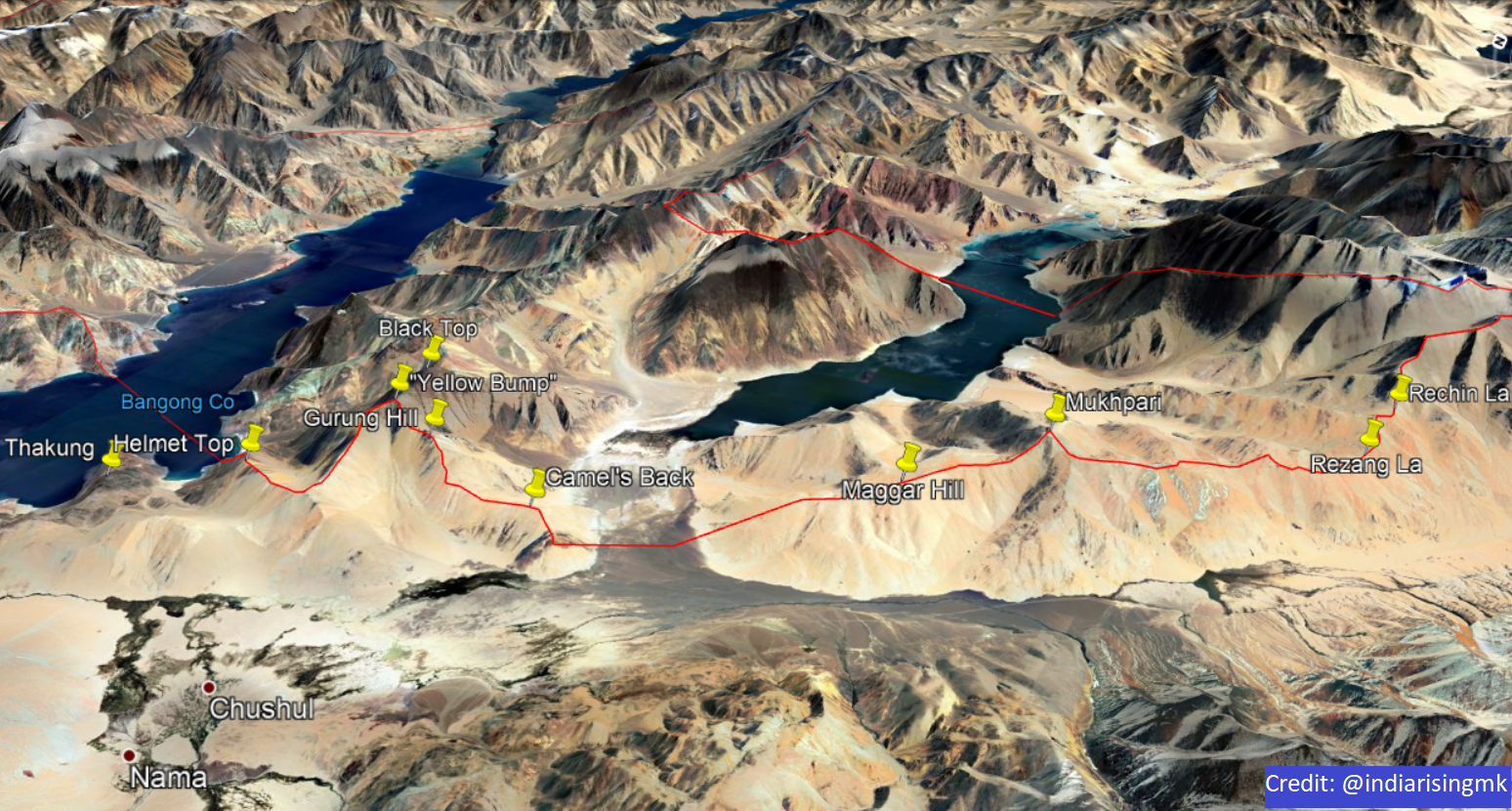
There is some dispute among certain journalists, reporters and ex-soldiers on social media as to who (China or India) is in control of Helmet Top & Black Top. Black Top being at ~5670m (~18600 feet) is the highest point in this area and is a high vantage point to keep a watch on the adversary. By controlling the ridgelines, the Indian armed forces can now keep a watch on all the Chinese movements in the Spanggur gap and beyond.
In military strategy one who controls the heights holds the upper hand as it is hard to dislodge a well-entrenched enemy. Military strategists refer to a 9:1 ratio for the attackers to capture the heights from the adversary (i.e. 9 attackers for every 1 defender ratio is required). One has to remember that during the Kargil war Indian Army had to make huge efforts to take back control of the mountain tops from the Pakistanis who had infiltrated across the LOC. During the Kargil war, since Pakistani Air Force didn’t take part in the battle Indian Air Force (IAF) had total domination of the airspace over Kargil. They used this advantage to pound the Pakistani positions making the job of Indian Army to retake these peaks much easier compared to what it would have possibly been without the IAF. If the Chinese had managed to capture these heights it would have been very difficult to dislodge them from the Kailash ridgeline around Spanggur Gap. In such a scenario Chinese will not hesitate to use PLAF resources if conflict breaks out (unlike PAF which stayed out of the way in Kargil).
Regarding the thorny question of whether India controls Black Top (referred to KalaTop by some) IMINT/defence analyst Dr Shiv Shastry (@bennedose) has provided an interesting perspective. Even if India does not control of Black Top/KalaTop peak but instead is on the ridgeline to the west at a point called as “Yellow Bump” they would still have a clear view of Sirijap (controlled by Chinese) on the opposite/northern bank of Pangong Tso. This would allow Indian soldiers to not only monitor movements of PLA around the Spanggur Gap but also across the Pangong Tso of Fingers 4 to 8 & Sirijap complex which would be of significant importance. The Indian troops at “Yellow Bump” would be at an elevation which is just ~100meteres lower/below the top elevation of Black Top and hence not be at a significant tactical disadvantage.
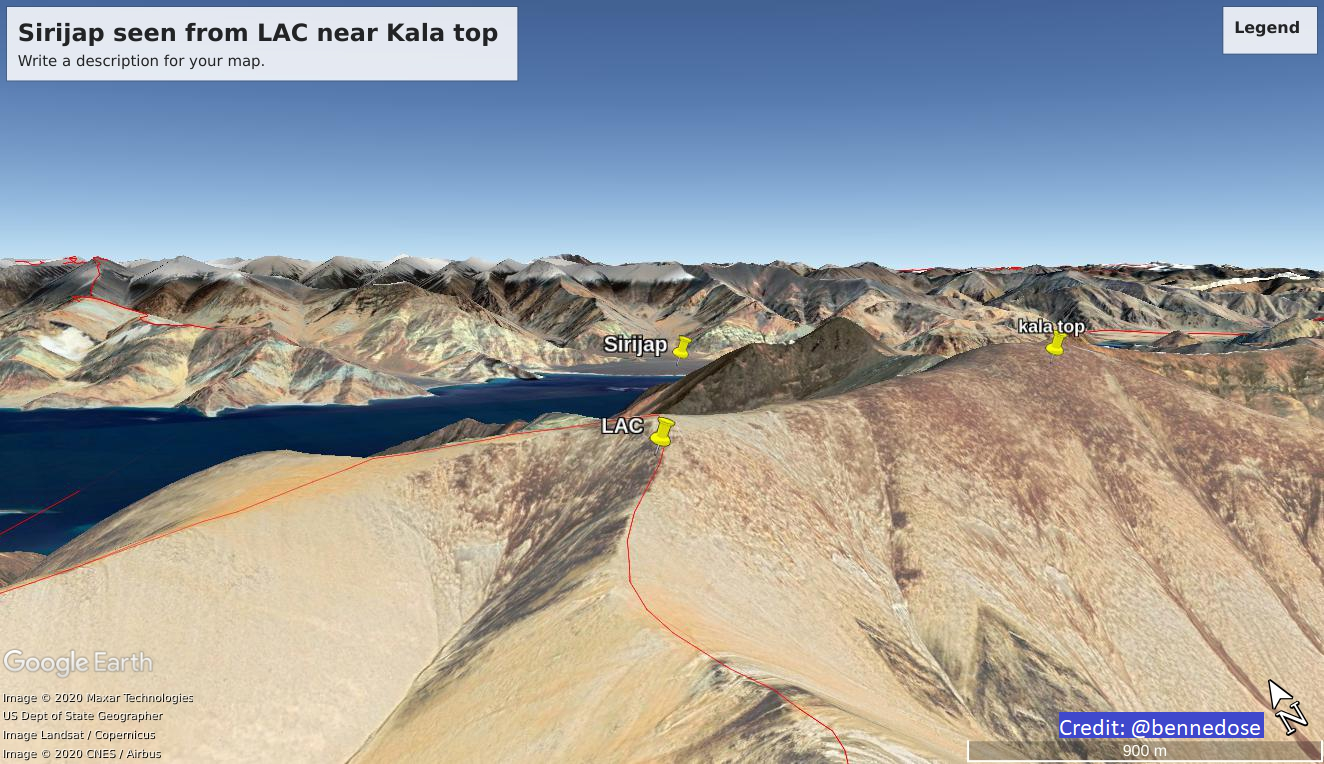
A recent photo shared by one of Ladakh’ s most famous residents: Sonam Wangchuk showed local porters carrying supplies up a mountain near Chushul. Bishwa (@bishwa55900127) defence analyst has as per his image analysis concluded that this was just below the Bump area (also referred to as “Yellow Bump”) just west of Black Top.
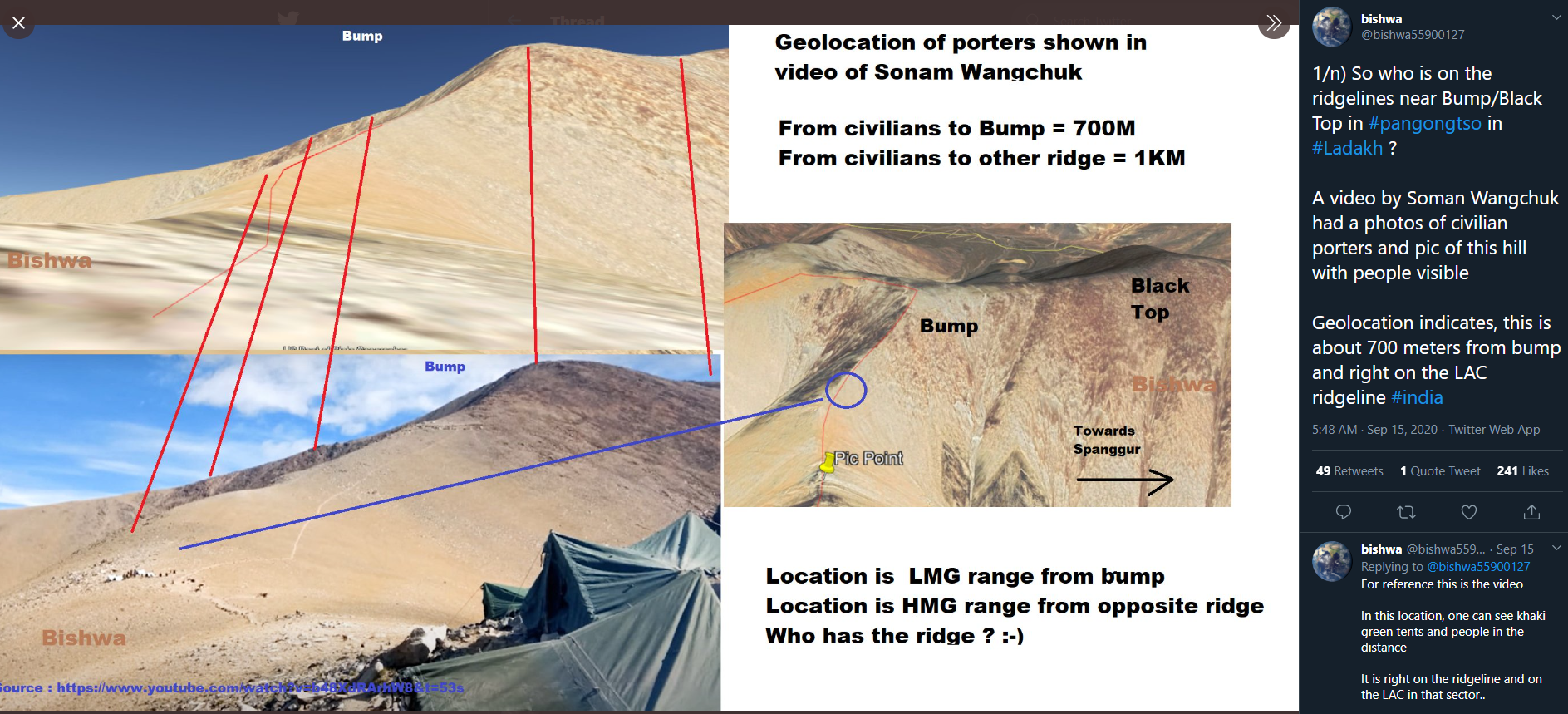
This would confirm that Indian troops are on the ridgeline controlling Gurung Hill and also most likely present at “Yellow Bump”
As seen in the following images from the Chinese perspective there is no simple way for them to do a “flanking maneuver” around these current Indian positions.
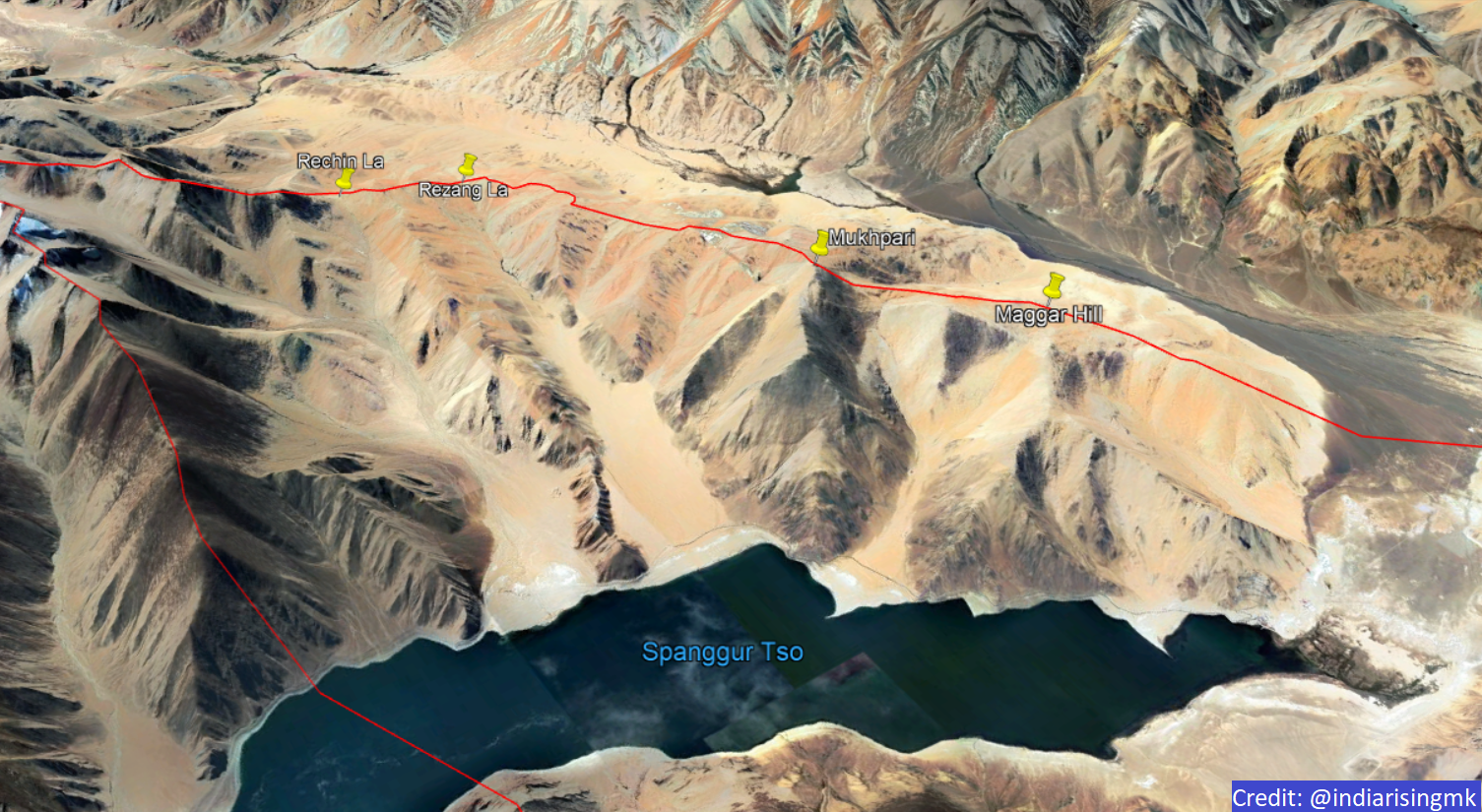
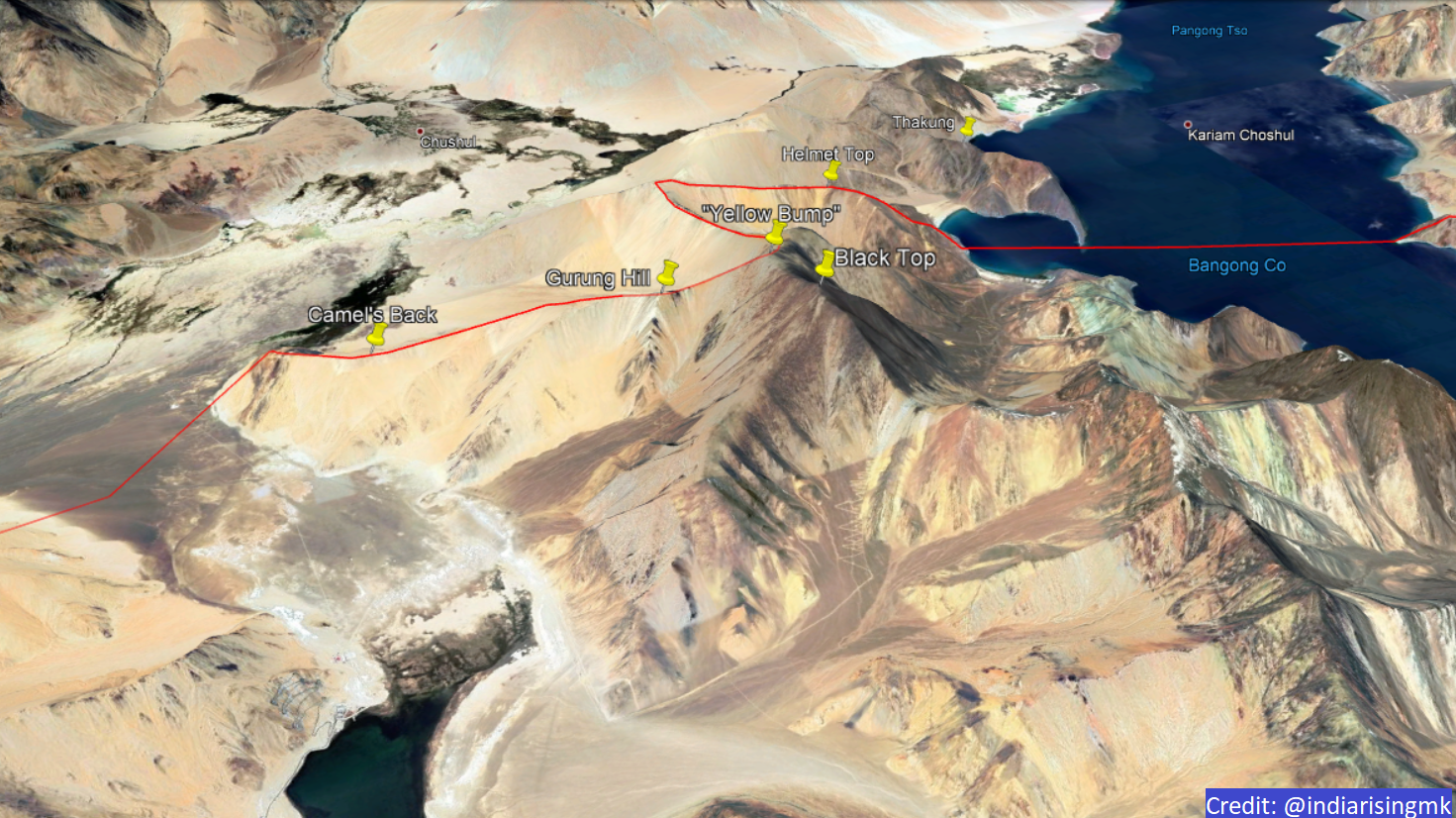
To the North they are hemmed in by the Pangong Tso lake and to the south of Rechin La there is the rugged terrain of mountain peaks at ~ 5800-6000m (~19,000 - 19,5000 feet) height plus in between the Indian troops occupy the ridgeline. In theory Chinese troops could possibly climb the peaks to the south of Rechin La but it is unlikely given the terrain and weather up there especially as we approach fall and then winter months.
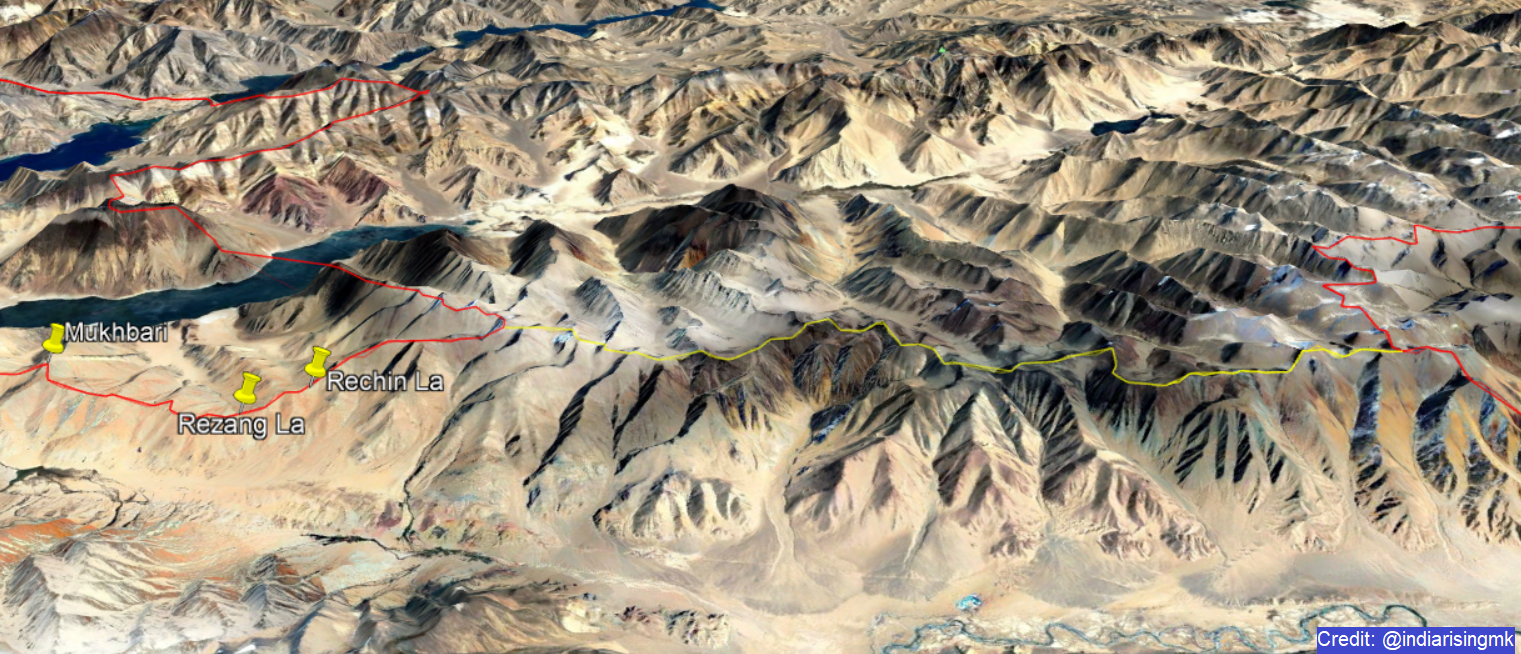
The nearby Chinese garrison (see image below) at Moldo is at the foot of these mountains and near the northwest edge of the Spanggur Lake close to the Spanggur Gap. It is visible from this ridgeline and any sudden or significant movements by the Chinese should be visible to the Indian troops on these ridgelines.
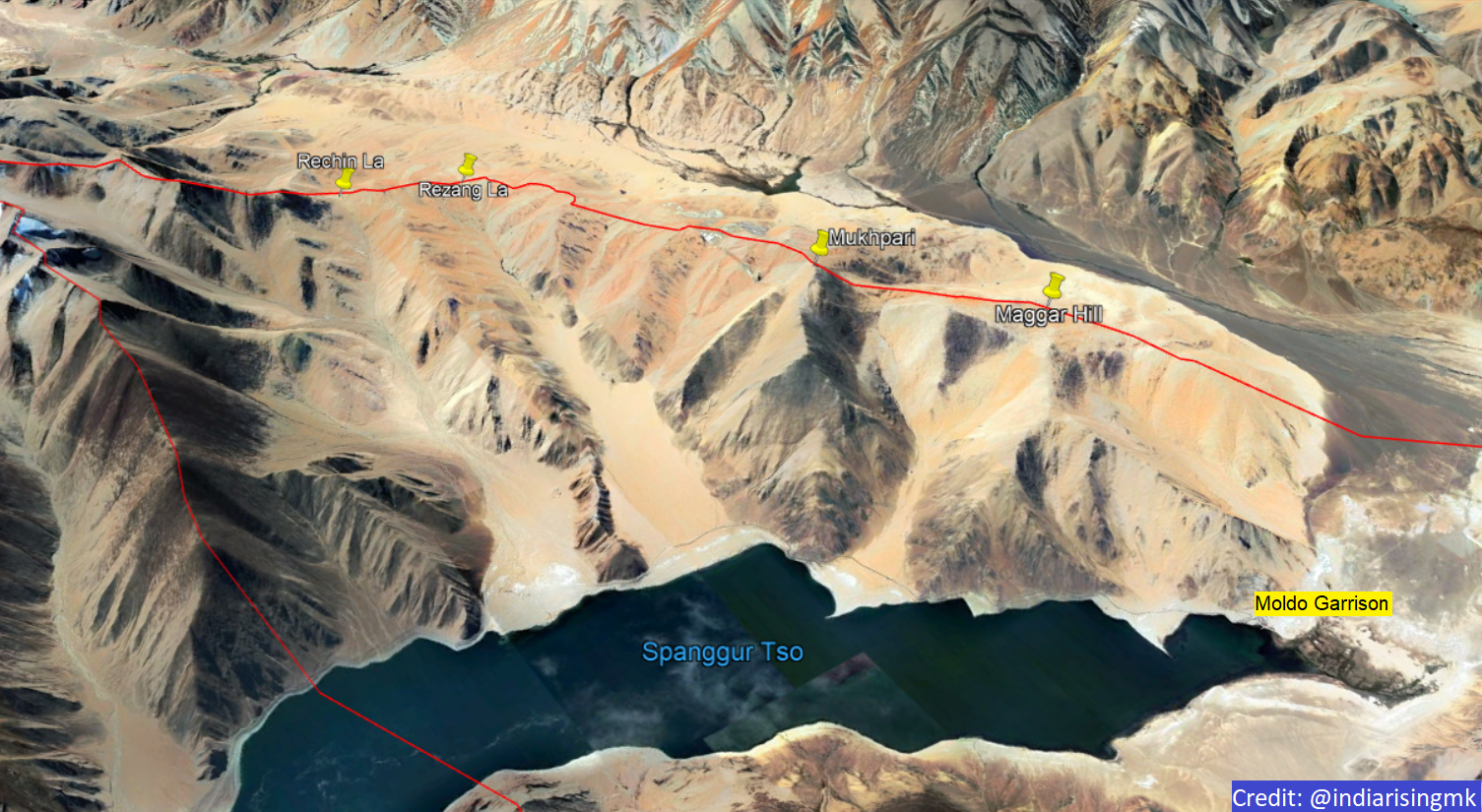
1962 War Chushul Sector
The area around Spanggur Gap witnessed some of the most intense fighting during the 1962 India China war. Rezang La during this war saw one of the most legendary “last stand” battles that the world has ever seen. Led by Major Shaitan Singh Bhati, 120 soldiers of the 13th Kumaon fought till the “last man last bullet”. They fought heroically in freezing temperatures at approximately 17,000 feet killing a reported 1300+ Chinese soldiers. Out of the 120 men of 13 Kumaon, that day 114 soldiers were killed, 5 were captured (who later escaped in Chinese captivity) and one was sent back to tell the tale of the unmatched valor at Rezang La. The legendary lyrics of the song “Aye Mere Watan Ke Logon” sung by Lata Mangeshkar contains the line “das das ko ek ne maara”. This is said to have been referring to the 10:1 fatalities of Chinese vs Indian soldiers at the battle of Rezang La. This unit on account of its valor during the course of this one battle earned an unprecedented 10 medals: 5 Vir Chakras, 4 Sena medals & 1 Param Vir Chakra for Major Shaitan Singh Bhati.
During the 1962 war, six AMX-13 tanks were airlifted to the Chushul sector which landed on the ALG (Advanced Landing Ground) just west of the Spanggur Gap. They provided fire support to the outnumbered troops in this sector. This is said to have prevented Chushul from easily falling into Chinese hands. After India lost control of Rezang La and Gurung Hill (on the northern side) during the Chinese attacks in November 1962 the Indian army retreated to Chushul to further defend against future attacks of PLA. However, these attacks never came and China unilaterally declared ceasefire on 21st November 1962 ending the war.
During the 1962 war India did not occupy Black Top on the northern side of Spanggur Gap and Mukhpari on the southern side. After the war this was considered to be an error of judgement of not occupying all the major points on the Kailash ridgeline around Spanggur Gap. After the war India chose to not go back to occupy these heights and as per some reports continued to do so even earlier this year. This is not the case today as India is in control of dominating high points on the ridgeline.
Recent Developments at Pangong Tso (Northern Bank) Finger’s Area
The Finger’s area on the northern bank of Pangong Tso has had a standoff around the Finger 4 area since earlier this summer. In a new development Indian troops have been “redeployed” on the heights above Finger 4.
Twitter user d-atis (@detresfa) who does IMINT (Imagery Intelligence) has shown satellite imagery analysis in the following picture shows how Indian soldiers have established a post well above Finger 3-4 area (at 5,256 metres/~17,244feet) and that too at an elevation that is higher than the nearby Chinese post. This means that even in this area India has occupied the higher elevations compared to the Chinese.
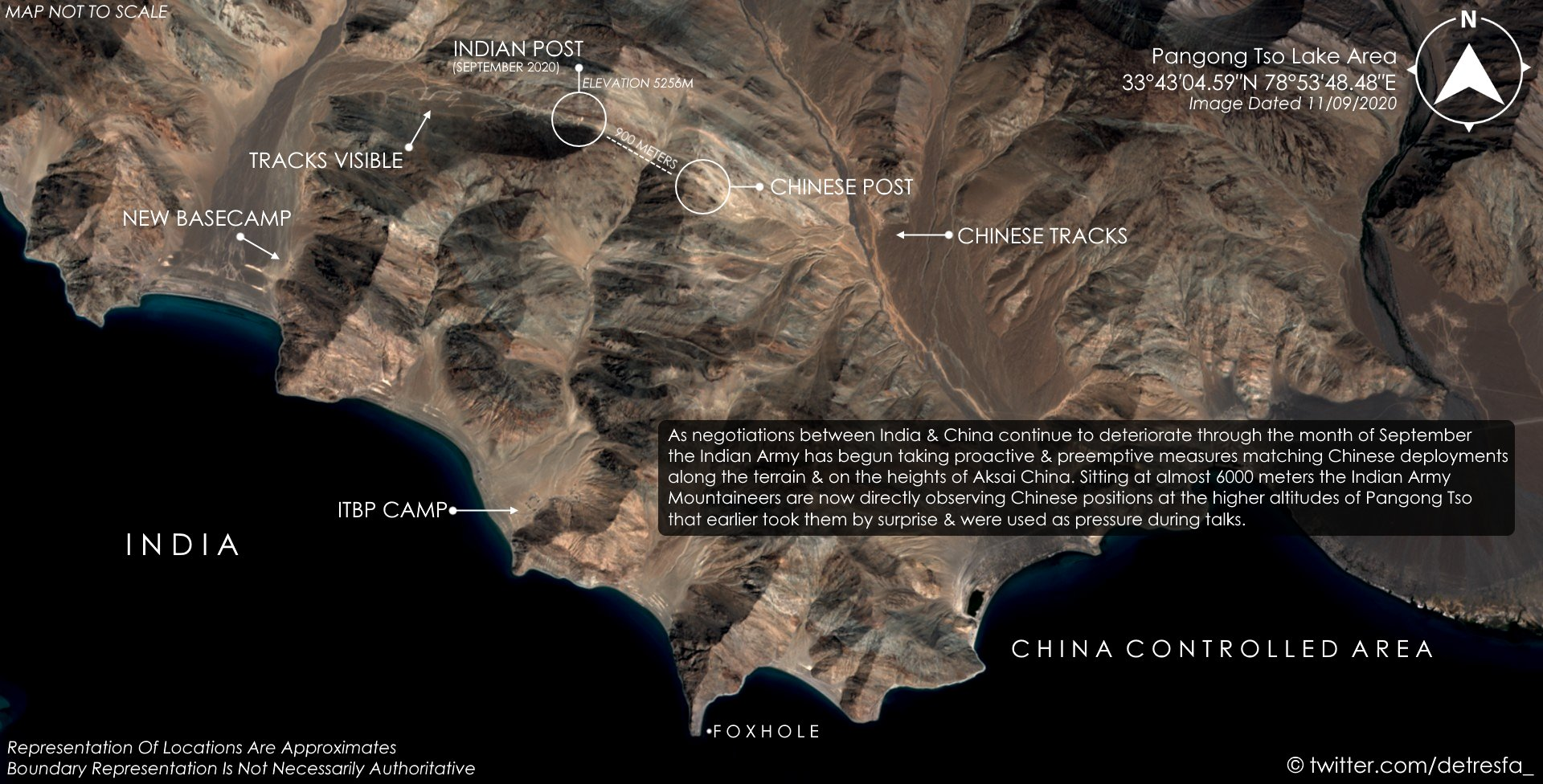
Diplomatic efforts aren’t helping?
Raksha Mantri Rajnath Singh visited Moscow and ended up meeting his Chinese counterpart General Wei Fenghe on the latter’s request. Remember that by this time, India was already in possession of the heights and was in the driver’s seat. In the meeting, both sides stuck to their stated positions blaming each other for the situation and demanded that the other side back off.
Defence ministry issued a statement after the meeting which said, “Singh categorically conveyed India’s position on the developments along the Line of Actual Control (LAC) including in the Galwan valley in the Western Sector of the India-China border areas in the last few months.
He emphasized that the action of the Chinese troops, including amassing of large number of troops, aggressive behavior and attempts to unilaterally alter the status quo were in violation of the bilateral agreements, and not in keeping with the understandings reached between the Special Representatives of the two sides.”
Even the Chinese side issued a separate statement which reiterated their perspective.
The two individual statements were pretty identical in tone and tenor to the earlier statements issued by their respective local level corps commanders. Neither side was willing to budge and wanted the other to blink first.
However, within the next 5 days, something remarkable happened on the diplomatic front. India’s Minister for External Affairs S Jaishankar met with his Chinese counterpart Wang Yi (who is also the State Councillor) on the sidelines of the Shanghai Cooperation Organization (SCO) meeting. And this time the two sides issued a joint statement.
The joint statement merits a look as it advocated a 5-point formula to defuse the tensions.
1. The two Ministers agreed that both sides should take guidance from the series of consensus of the leaders on developing India-China relations, including not allowing differences to become disputes.
2. The two Foreign Ministers agreed that the current situation in the border areas is not in the interest of either side. They agreed therefore that the border troops of both sides should continue their dialogue, quickly disengage, maintain proper distance and ease tensions.
3. The two Ministers agreed that both sides shall abide by all the existing agreements and protocol on China-India boundary affairs, maintain peace and tranquility in the border areas and avoid any action that could escalate matters.
4. The two sides also agreed to continue to have dialogue and communication through the Special Representative mechanism on the India-China boundary question. They also agreed in this context that the Working Mechanism for Consultation and Coordination on India-China border affairs (WMCC), should also continue its meetings.
5. The Ministers agreed that as the situation eases, the two sides should expedite work to conclude new Confidence Building Measures to maintain and enhance peace and tranquility in the border areas.
There are a few takeaways from this joint statement.
- Wang Yi, the Foreign Minister is higher in the hierarchy than General Wenghe who had met with Raksha Mantri. So, a joint statement issued by a higher official is a statement in itself.
- Wang Yi, who is a State Councilor as opposed to General Wenghe who is from the PLA, issuing a joint statement implies that the Communist Party of China is now keen on taking things forward.
- This was the first time in this crisis that a joint statement pointed out to the wish of the two leaders.
- What happened in the 5 days period between 5th September when Rajnath Singh met his counterpart and 10th September when S Jaishankar met his counterpart that both sides came up with a joint statement is a valid question for which we don’t have an answer yet.
- Both sides agreed to a disengagement along the LAC. But this is easier said than done. As pointed out by Pranab Samanta in the Economic Times, “But the problem really is carrying out troop reduction in a mutually agreed manner. Infrastructure on the Chinese side allows for faster mobilization of troops compared to India, so any such effort will require the PLA to move further back than the Indian forces. It’s important to keep in mind that India too has moved up forces in large numbers as a response to Chinese mobilization. India is unlikely to agree to thinning out unless fully satisfied that China has demonstrated sufficient intent to de-escalate. Which means Beijing will have to necessarily take the first step and probably more, given that logistics of mobilization don’t permit much back and forth from an Indian perspective.”
- Both sides went further ahead and committed themselves to not just disengagement but also a de-escalation through some confidence building measures. In a way, this specific point promises a lot more than earlier by saying that we are committed to complete de-escalation. However, the proof of the pudding lies in the eating. There is no guarantee that the disengagement itself will be carried out by the Chinese in an honest and transparent manner. If that step itself is unverifiable or incomplete, the intent of de-escalation will remain a pipe dream.
The plan has a strange resemblance with another five-point program in 1954 known as Panchsheel. The 5 principles of Panchsheel were as follows:
- mutual respect for each other's territorial integrity and sovereignty,
- mutual non-aggression,
- mutual non-interference in each other's internal affairs,
- equality and mutual benefit, and
- peaceful co-existence.
One can say that China clearly did not abide by these principles as eight years later China started the 1962 war with India. There is a strange coincidence that as India and China stand on the precipice of a military conflict breaking out another similar Five-Point plan was agreed upon by both sides. Only time will tell whether a five-point plan this time around will result in peace or if there will be a repeat of the 1962 war.
Road Ahead
During Episode 27 of the India Rising podcast after the Galwan clash we had said that similar to the LOC we will have to occupy some or all of the strategic points along the LAC next summer to prevent such Chinese incursions. While we thought that it might have taken next year to do this, the current situation has meant that we have occupied some of these points in 2020 itself.
The occupation of this strategic ridgeline has brought a vitriolic response in the Chinese state media including the Global Times. Such a level of outburst from the Chinese media has not been seen since the 2017 Doklam crisis. When nations like India stand up to the Chinese (who are expert in bullying other nations) they start flailing all over the place with even more propaganda and threats which shows that they are unnerved. They even recently resorted to playing Bhangra pop music against the Indian soldiers as part of their psych ops. This I am sure must have confused the Indian troops as they would not know if they were being subjected to psych ops or free musical entertainment!
After being mostly reactive to the past incursions by the Chinese during this standoff India has taken a proactive approach to secure its position in the Spanggur Gap area. Many had been advocating India to make some inroads into the Chinese claimed territory to get some bargaining chips for mutual withdrawal in the future. i.e. India withdraws from their current positions Spanggur Gap in return for a Chinese withdrawal from Pangong Tso & other sectors.
The next couple of months before the onset of winter in Ladakh is going to be very crucial in terms of how this crisis comes to an end. As we approach the 58th anniversary of the start of the 1962 war India will have to be on guard for any possibility including a military conflict with China in Ladakh and possibly all along the LAC. China started the 1962 war on 20th October 1962 when the two Cold War superpowers USA and USSR were starting down each during the height of the Cuban Missile Crisis. With the US upcoming presidential elections the Chinese foreign policy mandarins might calculate that the US would be too distracted and hesitant to come to the aid of India. This as per their calculations would be the opportune time to attack like they did 58 years ago.
India has been stocking up and preparing rigorously for the upcoming winter which will be brutal on the soldiers at these extremely high elevations. As part of this effort over tons of materials has been pushed into the region. India has the experience of being deployed on the Siachen Glacier since 1984. Indian Army maintains a brigade strength year-round at elevations of up to 20,000+ feet who experience freezing temperatures of up to -60 degrees. While China has been present in the high Tibetan plateau since the early 50’s but maintaining a presence at 17,000+ feet will be a new ball game all together. It remains to be seen how well they are prepared for sustaining a presence at these locations during the winter. There have been reports of Chinese soldiers being taken away daily on stretchers from the current standoff locations. They could be experiencing frostbite, chilblains or high-altitude pulmonary oedema (HAPO) by being posted in these high altitude locations.
The 1962 war came to a sudden conclusion on 21st November when China unilaterally declared a ceasefire. The theory put forward by many for the sudden end to the war is that their logistics were stretched thin having made significant inroads into Indian territory and that they wanted to pull back before winter sets in. Today if in a similar vein if China thinks that it can’t stay put in the winter due to health issues faced by soldiers and/or logistical issues it will have to vacate some or all of the locations. This would leave it at a risk of them being occupied by Indian soldiers before they return next year in the spring. This would then in theory put pressure on China to “find a quick conclusion” to this standoff prior to winter of 2020. They might be in a hurry to provoke India at the LAC and when India responds with force (maybe militarily) which they can then use as an “excuse” to start an all-out war against India. This in their minds would enable them to “teach India a lesson” in a repeat of the events from 58 years ago. Then once the war has ended in their favor they no longer need to worry about occupying the heights during the upcoming winter months.
The issue of trust with the Chinese is practically gone now. During the Brigade Commander level meeting at the end of August while China was discussing disengagement, in parallel they made some movements to try to occupy the heights around Pangong Tso. i.e talk about pullback in official meetings but quietly in the background deceitfully grab more territory. While they push for even more and more talks both at diplomatic and military level, they can be quietly building up for a war to settle scores.
The current situation which as former Northern Command Army commander Lieutenant General DS Hooda recently said is “very dangerous on the ground and can spiral out of control,” Again during Episode 27 of the India Rising podcast after the Galwan clash we had said that there might be a possible Thucydides trap conflict between India and China in the future. We have said that “(possibly) we are on an unavoidable path to a bigger military clash between India and China down the road in just a few years.” The situation on the ground at the LAC is fraught with danger and it seems that conflict is inevitable sooner rather than later.
In the past 3 months we have broken two long standing unenviable records at the LAC: first lives lost in fighting at the LAC in 45 years and first shots fired at the LAC in the past 45 years. Both last occurred at Tulung La Pass in 1975 in then NEFA (now Arunachal Pradesh). We could this year even break a 3rd inevitable record: first large scale military clash in the past 53 years (last one occurred at Nathu La [Sikkim] in 1967 where India delivered a “blood nose” to the Chinese).
This was originally discussed on Episode 28 of the India Rising podcast (@indiarisingmk) hosted by Mohal Joshi (@MohalJoshi) & Kishor Narayan (@veggiediplomat).
YouTube: https://www.youtube.com/watch?v=dXTjSKOBeVc
Sound Cloud: https://soundcloud.com/indiarisingmk/episode-28-who-blinks-first-at-the-spanggur-gap
References
https://economictimes.indiatimes.com/news/defence/indian-troops-take-vantage-positions-along-lac-in-ladakh/articleshow/77902566.cms?utm_source=contentofinterest&utm_medium=text&utm_campaign=cppst
https://twitter.com/detresfa_/status/1304365866268504064/photo/1
https://twitter.com/detresfa_/status/1304365866268504064?s=08
https://www.reuters.com/article/us-india-china-idUSKBN2662ZS
https://myind.net/Home/viewArticle/how-does-galwan-valley-clash-influence-the-india-china-ties
https://www.reuters.com/article/us-india-china-idUSKBN2662ZS
Image Credits: The Tribune India



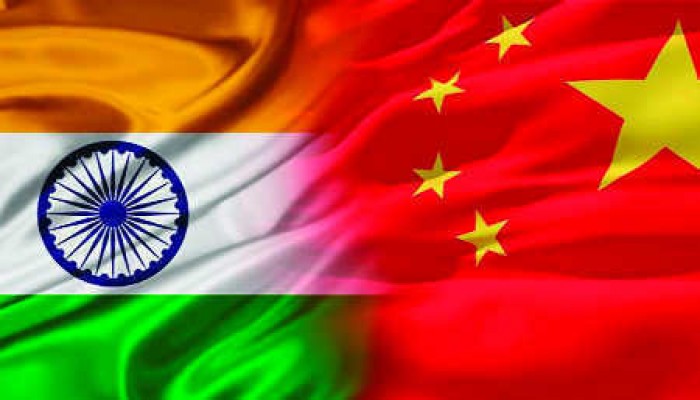



Comments